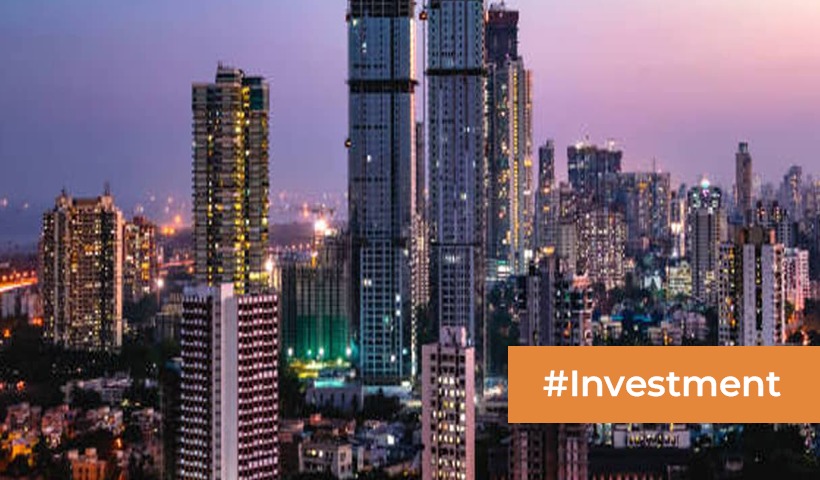As inhabitants dread change, India’s largest slum is being demolished.
Mumbai (India) – The iconic slum featured in the 2008 Oscar-winning film Slumdog Millionaire, Dharavi, is ready for a costly makeover.
In November of last year, Adani Realty, led by billionaire Gautam Adani, Asia’s richest man with an estimated worth of more than $130 billion, won a bid to redevelop Mumbai’s shantytown, whose blue tarpaulin-lined huts and shanties are many international visitors’ first glimpse of India when arriving by plane.
The idea looks to be a win-win situation on the surface. Although residents living in decaying tenements would be able to relocate to new structures, Adani Realty will be able to establish a real estate gold mine in the heart of Mumbai.
Adani Realty, which bid slightly more than $612 million to win the redevelopment project, will be allowed to construct the freed-up property as residential and commercial real estate and sell it at market prices once the present inhabitants have been relocated. The total cost of the project is anticipated to be $2.4 billion.
Many Mumbai residents believe that a new infusion of real estate would help stabilise the city’s housing market, which has become prohibitively costly for house ownership and even rental lodgings. However, not everyone in Dharavi is pleased with the proposals.
“I’m concerned about the impact on our livelihood,” Sharifa Wagadiya, a 51-year-old potter in Kumbhar Wada, a Dharavi neighbourhood noted for its ceramic shops, told Al Jazeera.
Wagadiya, whose family relocated from Gujarat’s western state more than 70 years ago, is concerned that the new dwellings would not be adequate for her family’s requirements.
“Our family has three homes, a small warehouse where we keep finished items, and this workshop,” Wagadiya explained as he dyed diyas, which are traditional clay lamps used by Hindus during prayers.
Wagadiya’s worries arise from a survey conducted to evaluate family eligibility for new dwellings. All of her boys were living with her when the poll was done 14 years ago. Despite the fact that two of her boys have married and moved out since then, they are still considered part of one eligible family.
“We will receive only one 300-350sq ft [27 to 32sq metres] house. My three boys should each have their own home. “We should also be given ample ground-level room to cure and store our ceramics,” Wagadiya remarked.
The family business’s finances are not promising.
“We spend around 5,000 rupees ($60) on raw materials each month, and our overall gross pay from the selling of pottery to wholesale purchasers is roughly 40,000 rupees ($485). But it hardly allows us to make ends meet, much alone save,” Wagadiya’s youngest son, Imran Hussain, told Al Jazeera while inspecting a new batch of matkis, small earthen pots, that had just come out of the kiln.
Hussain, 25, joined the family company after finishing his ten-year education. He has yet to marry and continues to live in the family home with his parents and grandma.
Although business might be difficult, his countenance brightens as he mentions Diwali, the Hindu festival of lights.
“During the two months leading up to Diwali, we sell all of our diyas and make up to 200,000 rupees ($2,428)!”
Afzal Khan, a 37-year-old Mumbai native, is similarly concerned about his financial situation. He owns five Dharavi warehouses that he leases out for roughly $2,100 per month.
Disclaimer: The views expressed above are for informational purposes only based on industry reports and related news stories. PropertyPistol does not guarantee the accuracy, completeness, or reliability of the information and shall not be held responsible for any action taken based on the published information.




